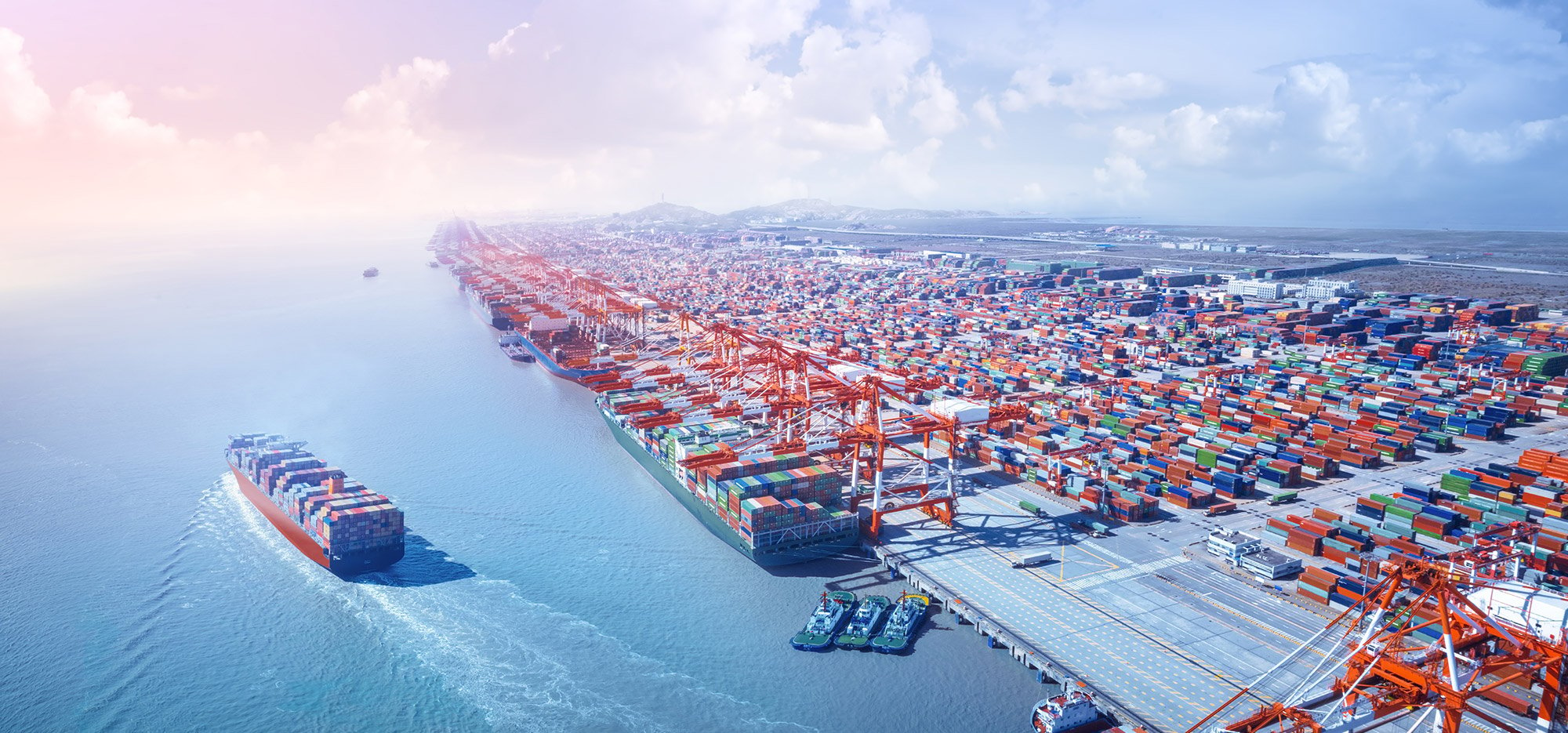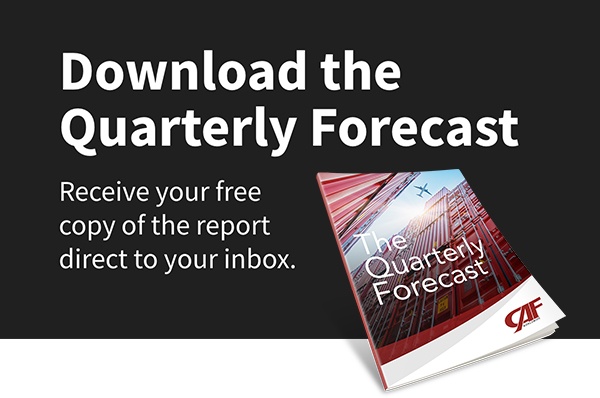Topics: Freight Forwarding, Global Economic Outlook, Logistics and supply chain management

5 Global Trade Stats to Watch
5 key global trade stats from CAF Worldwide's Quarterly Forecast
November 12, 2019 •
2 minute read
Leave a Comment
Leave a Comment

International Air Freight Forwarding Simplifies the Complexities of Global Trade
Learn how international air freight forwarders support global trade with fast, reliable logistics. Explore CAF Worldwide’s expertise in customs and carrier management.

How to Choose a Freight Forwarder That Fuels Growth—Not Frustration
Discover how to choose a freight forwarder that supports growth and keeps your supply chain moving seamlessly with personalized logistics solutions.

2025 Global Market Dynamics Affecting Freight Forwarding
Explore 2025 freight forwarding trends in CAF Worldwide's report—geopolitics, economic shifts, tech, and sustainability insights to optimize logistics. Download now!









 Copyright 2025 CAF Worldwide. All rights reserved.
Copyright 2025 CAF Worldwide. All rights reserved.